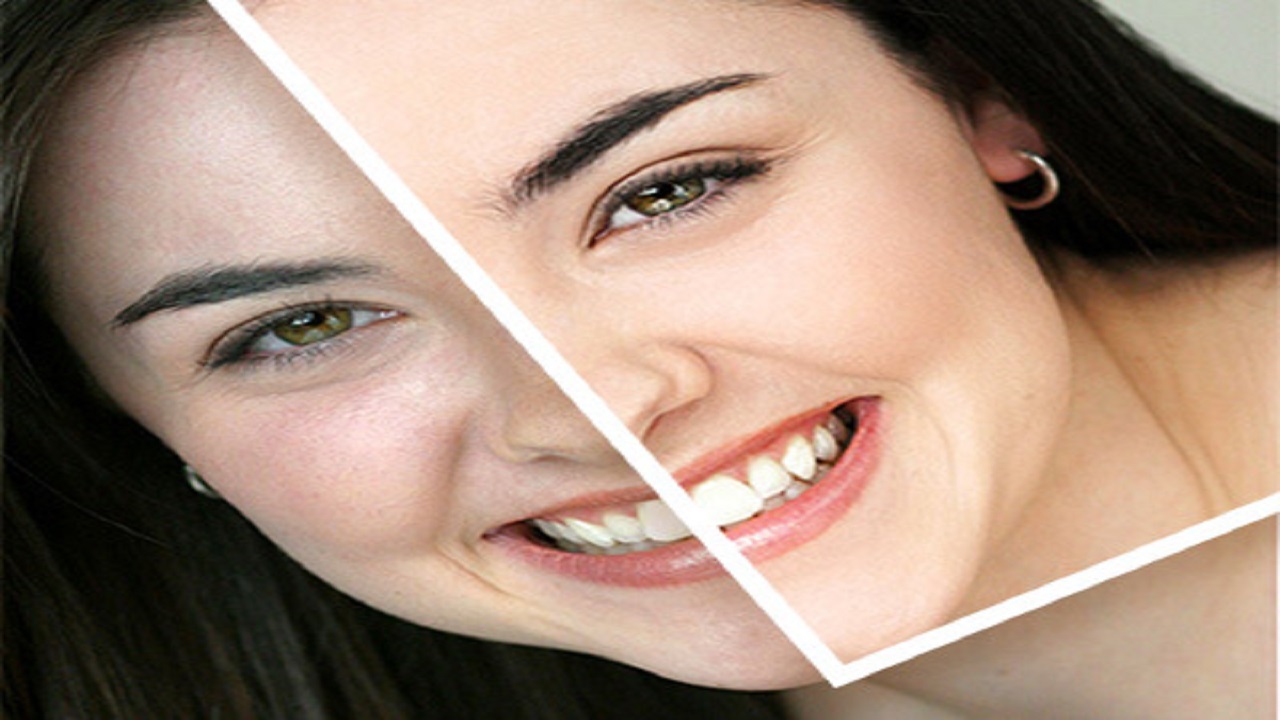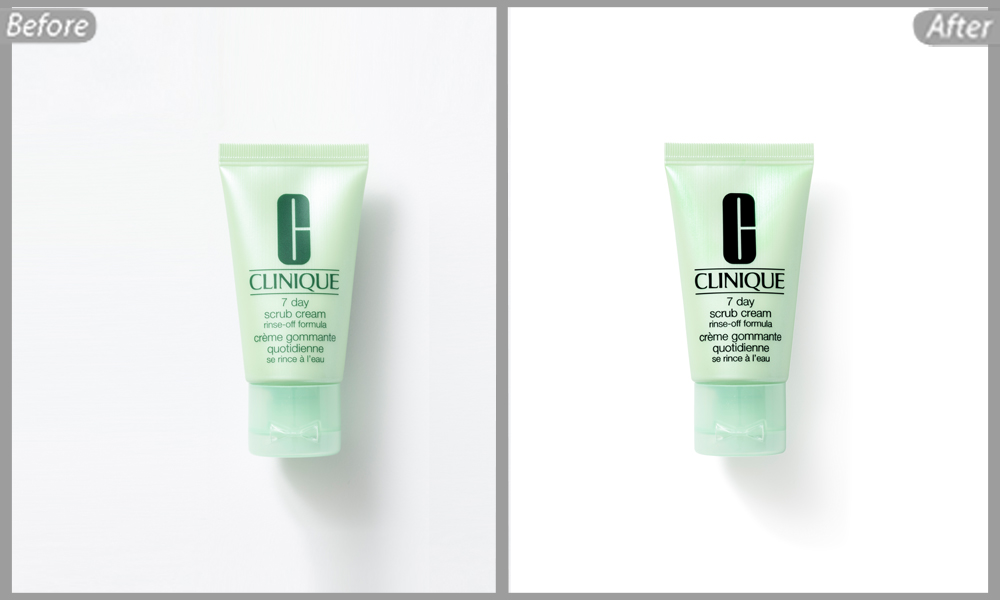
The best and easiest photo retouching techniques part-2
Hello and welcome to our today’s class on the best and easiest photo retouching techniques part-2. Today we will learn the rest techniques of photo retouching. So, without any further ado, let’s start!
Shadows are a good thing to play with. They are useful tools if you capture anything foggy, as was my luck in Hong Kong. Increasing the shadow slider or the “Blacks” slider in Adobe Lightroom, could clear out most of the fog captured by your camera. Not all, but even then, this wasn’t too bad.
Increasing Shadows is also a useful strategy when you want to focus on your subject. A lot of light-induced noise is lost when you increase shadow. A lot of shadow was added on to the following picture, which was shot during evening time, but I wanted to focus on the subject (The weed with water droplets), and the result was this.
-
Vignettes are your friend, when done right.
Don’t use strong vignettes (unless you purposefully want to do say something by the addition of strong vignettes). Use vignettes, use the “fade” slider to make it blend well with the picture, and you have a picture with its subject in focus.
In the following photo, I wanted the attention to shift to the journey (of the girl with flowers somewhere), and there were too many people in the frame. Vignettes can help.
It especially helps when you didn’t enable spot metering in your camera, or don’t have any metering control on your camera.
-
When in doubt, use Black and White
Ideally speaking, good photos happen when the light is just right, that is diffused light available on cloudy days, constructed lighting by you, reflected, filling-frame light from somewhere close, the light in early morning or late afternoon.
But not always, we can have access to the ideal lighting conditions, especially if you see something worthwhile to capture in the mid-afternoon sun. In those situations when you wonder how your photo would look in less than favorable lighting situations, you can use high contrast and shadow photos and turn them into black-and-white, and still get what you were hoping to capture.
-
Tinting
Tinting is also a good way to cut down the glare of the sun, especially if you don’t have ND filters with you. It’s not realistic portrayal but adding on a bit of the green tint (available in free software like Picasa), can either cut down the glare as it did on the following photo.
As well, the usual advice applies to any photo-editing task:
- increase your exposure for an under-exposed photo;
- Use “fill light” feature; use the “brightness” feature if you don’t want dark photos.
- Use the unsharp mask when you sharpen something; if you don’t have the unsharp mask, then either use the noise reduction slider or increase on the luminance slider to take off some noise.
- Check for hue and contrast saturation.
- Apply blur in the background if you want to enhance your subject in the foreground, but don’t forget to “Fade” or blend it well.
- Play with your RGB curves and see where that leads you. As a rule of thumb, a ‘S’ curve gives out a good finished look on a well-exposedpicture of a landscape or a portrait. But just play with it and thereby learn it well, as to how it works.
Let your pictures do the talking.




